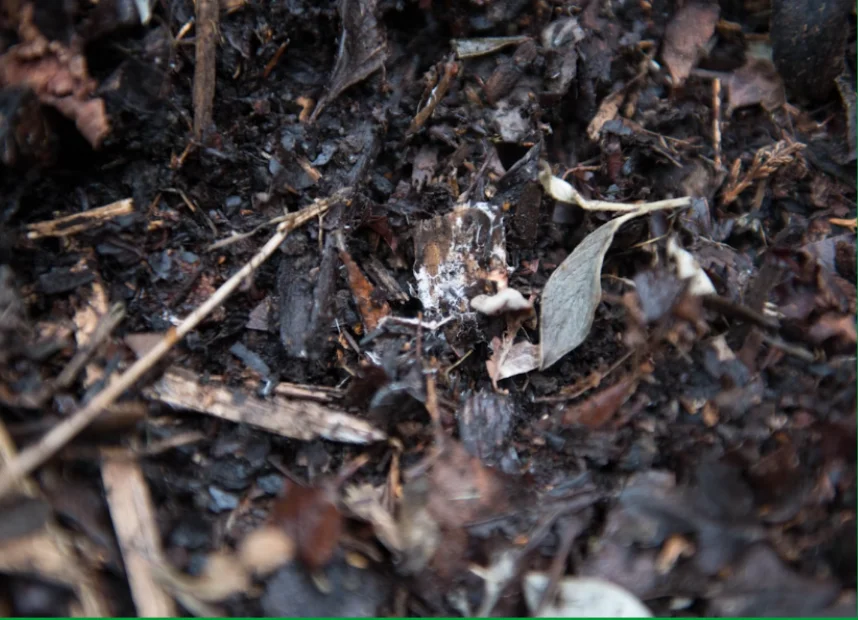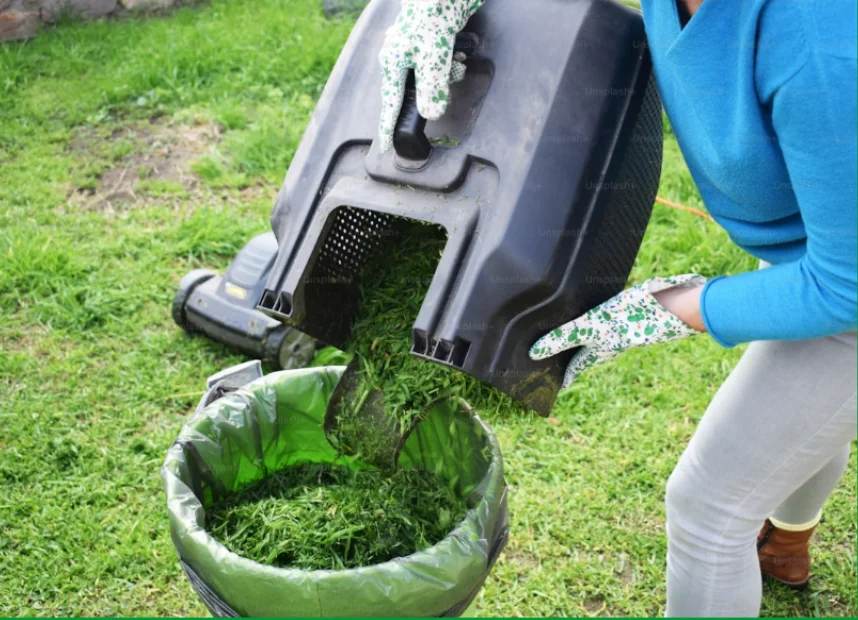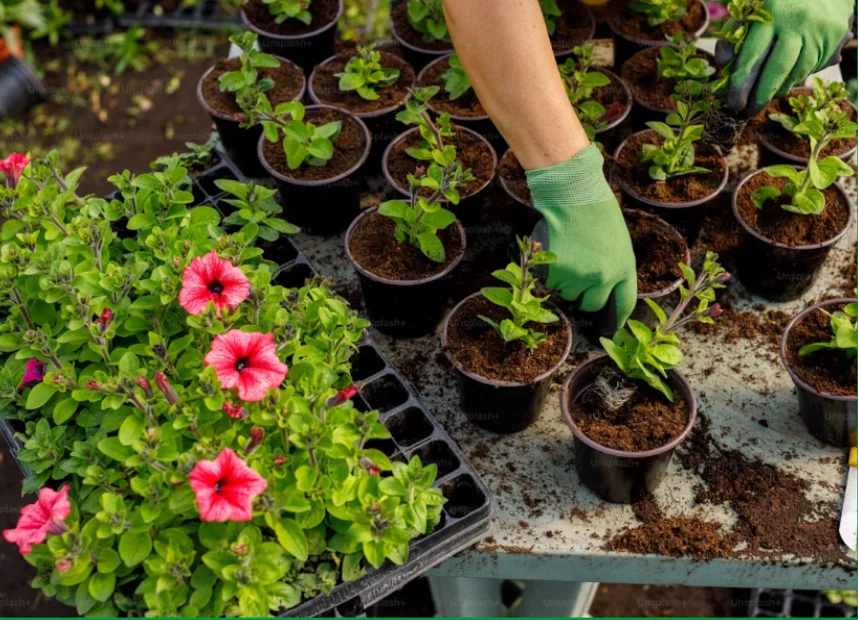Transforming Scraps To Soil: Tips For Composting Your Garden
Like humans, the greenery in your garden also needs nutrients to grow into healthy plants. There are two main ways to keep the plants healthy and growing: fertilise them or provide a base of nutrient-rich compost.
While fertilising offers more direct support for your plants, compost not only provides nutrients but also improves soil structure and soil health – which is great for helping other aspects of better plant growth.
And yes, you can buy compost in the nearest garden supplies shop. But why buy it when you can create it yourself? Not only does it put your kitchen scraps to good use, but it also transforms the organic waste from your home into a valuable resource for your garden.
In this blog post, we’re going to explore the art of composting your garden for beginners, why composting is important, and we’ll share some tips for composting successfully at home.

Why Composting is Important - The Key To a Greener Future
The benefits of composting at home are something we simply can’t afford to miss out on. Diverting kitchen waste from landfills is the right way to do waste reduction. It also works wonders to replenish nutrients for your garden soil, improving soil health in the process.
Environmental Benefits of Composting at Home
Municipal waste is one of the largest sources of waste in landfills, accumulating almost 3.2 million tonnes in 2020 alone, 16% was landfilled of the 3.2million tonnes. Despite being mostly organic, household wastes like vegetable and fruit scraps do not break down quickly in landfills due to the extremely low oxygen levels. Because of this, the accumulated organic waste may release methane gas, which can harm the environment.
Composting at home can reduce that figure, minimising the environmental impact of overflowing landfills. In return, homeowners can divert the kitchen and garden waste into something more practical for their yards, like enhancing soil biodiversity, for example.
Composting and Garden Health
Organic waste that turns into compost contains nutrients such as nitrogen, phosphorus, potassium, and a variety of micronutrients necessary for healthy plant growth. This strong nutritional content has many benefits for your garden. If you compost, your plants and trees will thank you later!
First, compost returns organic matter to the soil and increases its fertility. Fertile soil can hold water better and increase the durability of its structure. The nutritional content in compost can also accelerate plant growth and produce healthier and better-quality plants of all types of species. By using compost, you can reduce the use of chemical fertilisers which often have a negative, long-lasting impact on the environment.

Composting For Beginners: Getting Started
In a nutshell, a compost pile consists of four ingredients: nitrogen, carbon, air, and water.
Nitrogen can be found in "green" or nitrogen-rich materials, while carbon comes from "brown" or carbon-rich materials. Achieving a balanced mix of these components, along with proper aeration and moisture, creates the decomposition process and results in nutrient-rich compost.
The Best Location for Home Composting:
Before we start piling those kitchen scraps and garden scraps into the compost bin, you might want to select a quality location for your compost. It’s simple…
It has to be convenient, meaning the location is easy to get to. Even better if it’s close to your kitchen since that is where the food scraps come from.
Ideally, your location should be well-drained.
It should also receive partial sunlight to aid the composting process.
Avoid: under trees, against permanent wooden structures, or under house eves.
When you have the perfect location, you can proceed with setting up your compost bin. Your compost bin can be a DIY wooden pallet, wire fence, or even a plastic storage container with holes drilled here and there. But it must have a sturdy, easily sealed lid to keep pests out.
Layering Your Home Compost Pile:
To make your first compost pile, you might want to wait until you have at least a metre deep of green and brown mix. Provided all the materials are ready, you can start composting by layering up the materials in this order.
Begin with two layers of brown or garden waste such as dry leaves, straws, or small twigs to aid aeration. Cardboard and newspaper are also carbon-rich materials even though you won’t usually find them in the garden! But they’ll do the job.
Next, add a layer of green or kitchen scraps like fruit and vegetable peelings or coffee grounds. Some of the garden scraps also act as sources of nitrogen, such as fresh plant and grass trimmings.
Lastly, a small amount of soil will be a great addition to your compost as it adds a diversity of bacteria and other organisms, aiding the composting process.
Managing Your Home Compost Pile:
While the key to a healthy compost is a balanced mixture of green and brown materials, there are several things that can speed up the composting process.
Prior to piling up the compost, you will benefit from chopping and shredding some scraps into small pieces. This will help speed up the breakdown process, resulting in faster decomposition.
The second is moisture. You want to keep the pile moist, like a wrung-out sponge, but not too wet. Too much water and the microorganisms in your compost pile will drown. Too dry and the organic waste will not break down, or at least will decompose much slower than it should. You can check the temperature and moisture of your compost by simply reaching into the middle of the pile with your hand. It should feel warm and moist to the touch.
Now and then, you can stir the compost to promote even decomposition and to aerate the pile. A pitchfork is ideal for the job. If your piles are too large to turn with a pitchfork, you might benefit from a compost aerator.
What Kitchen Scraps Can You Use For Your Garden?
Below we are going to break down what’s considered green, brown, and no-no (as in things to avoid) materials.
Green (Nitrogen-rich) | Brown (Carbon-rich) | No-no (Avoid) |
|
|
|
Green materials are the ones responsible for supplying nutrients in your compost, while brown materials act as the source of carbon and help allow air to better get into the compost.
Mixing the right amount of green and brown materials can be tricky, but there are rules of thumb to help you with that. If your compost smells bad and looks too wet, you need to add more brown materials into the bin. On the contrary, if you think that your compost is looking too brown and dry, then you have to add more greens and a tad of water to moisten it.
The no-no materials are another story. They do not easily decompose and may attract pests such as rodents and insects. Avoid putting these materials in your compost pile at all costs.
Utilising Your Compost Effectively in the Garden
As you approach the two to three-month mark, you can check the readiness of your compost by assessing the look, smell, and texture. If your compost meets the criteria of a dark, soft yet crumbly texture, a pleasant earthy scent, and balanced moisture, then it’s ready for use in your garden.
To incorporate compost into your garden, you layer it on as you would with mulch on existing plants and or mix it into the soil using a shovel or garden fork. Using it as mulch is a great idea if you already have established plants in your garden, as it will not disturb the existing roots. You can use it as such by applying a layer of compost around the plant's base about 1-3 centimetres thick.
If you’re just starting planting in your garden, you can incorporate compost directly into the soil by digging a bit deeper and placing the compost at the bottom of the hole. The thickness should be at least 7-10 centimetres, and after that, you can plant on top of it.

Composting For A Greener Tomorrow
At KeyGreen, we’re dedicated to providing quality waste removal services that contribute to a better future. Composting is a fantastic way to reduce waste and turn your food scraps and organics into useful material at home.
Get in touch with us today for more information about waste management services.
